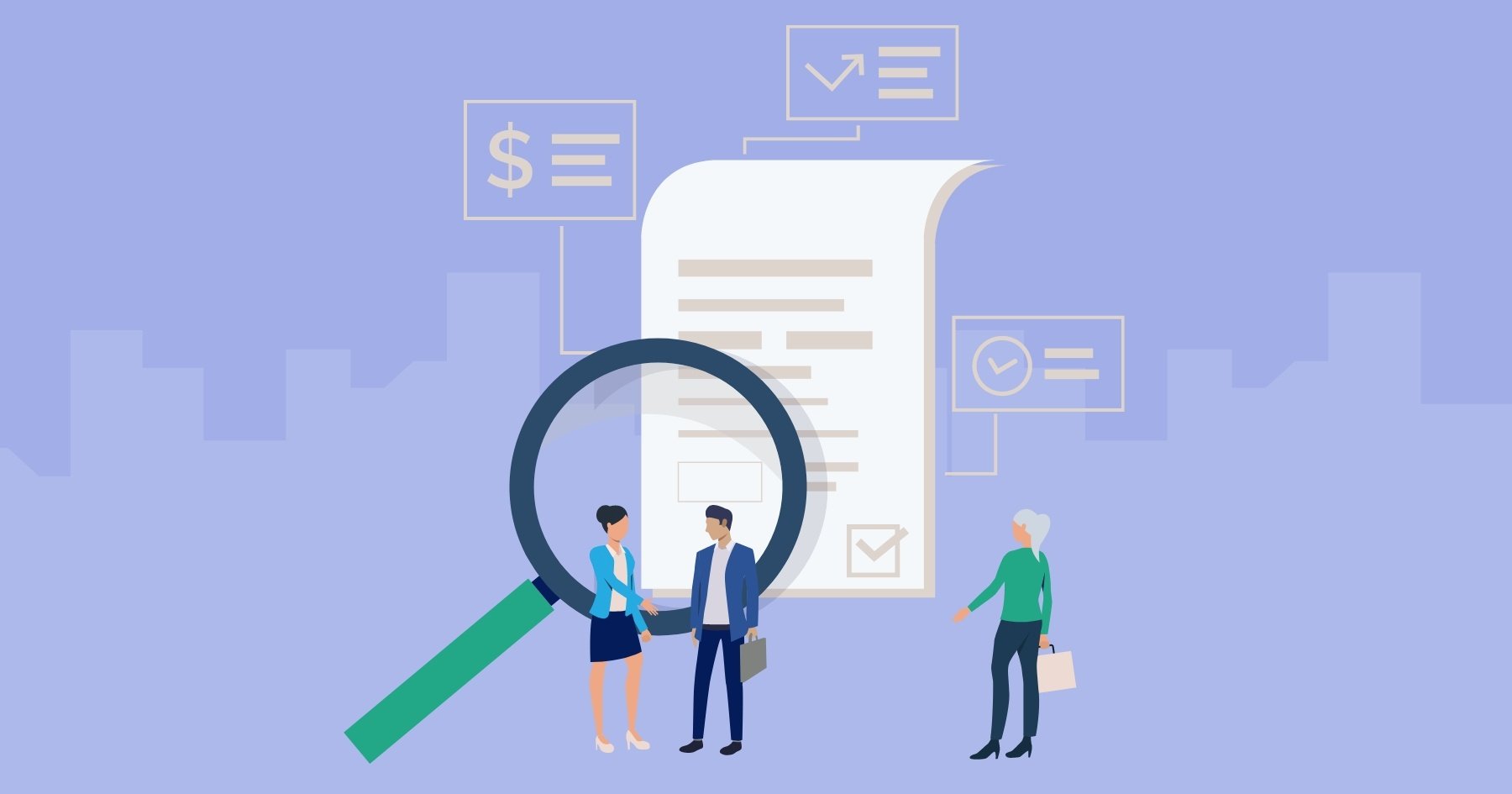In today's business landscape, reliance on third-party vendors has become common for organizations seeking to enhance efficiency and streamline operations. However, this reliance also brings significant risks that can’t be ignored. As a result, organizations are recognizing the growing importance of third-party risk management (TPRM) to mitigate these risks.
To ensure the success of TPRM initiatives, the involvement and support of an organization's enterprise risk management (ERM) team is imperative. Their expertise and guidance are essential to effectively address and manage the risks associated with third-party relationships.
Leaders in ERM have an abundance of knowledge on risk assessments and strategies for risk mitigation. They have a holistic view of the organization's risk landscape, including operational, financial, legal, and reputational risks. Leveraging these insights, ERM can add significant value to an organization’s TPRM program.
Enterprise Risk Management vs Third-Party Risk Management
It can be easy to confuse ERM and TPRM, but they’re two distinct yet interrelated disciplines within the broader field of risk management. ERM considers all the categories of risk at an organization, from strategic and operational risks to transaction and reputational risks.
ERM focuses on: |
TPRM focuses on: |
| The entire organization |
Identifying, assessing, and managing the risks third parties pose to the organization |
| Identifying and assessing all the organization’s risks, like financial, operational, and strategic |
Evaluating vendor financial stability, operational capabilities, information security practices, compliance with regulations, and potential impact on the organization’s risk |
| Setting the organization’s risk appetite and implementing strategies to mitigate those risks |
Ensuring that the organization's reliance on third parties doesn’t introduce undue risk and that adequate controls and safeguards are in place to mitigate any identified risks |
While ERM encompasses a broader range of risks that affect the organization as a whole, TPRM zooms in on the specific risks associated with third-party relationships. However, both disciplines are interconnected, and effective TPRM efforts should align with the organization's overall ERM strategy. By integrating TPRM into the ERM framework, organizations can achieve a more comprehensive and cohesive approach to risk management.
5 Ways ERM Leaders Can Support and Enhance TPRM
Because these two disciplines are tied so closely together, it’s crucial that the ERM and TPRM teams work together. TPRM programs need to align with the organization’s overall strategy and policy on risk management. That’s where ERM leaders can step in and help.
- Provide strategic guidance. ERM leaders understand the entire organization's risk landscape. They play a crucial role in developing the organization’s risk appetite. ERM teams can guide TPRM by establishing the program’s direction, objectives, and risk tolerance thresholds.
- Establish risk management frameworks. An ERM team is responsible for establishing risk management frameworks for the entire organization. These frameworks address internal and external risks, enabling systematic identification, assessment, and mitigation of third-party risks. ERM leaders can align the TPRM team under this broader framework. They should contribute to developing policies, procedures, and controls that ensure effective management of key TPRM concerns. Integrating TPRM into the broader risk management framework promotes consistent and efficient treatment of third-party risks across the organization.
- Develop vendor risk assessment methodologies. ERM leaders can strengthen TPRM by developing tailored risk assessment methodologies for third-party relationships that still align with the organization. Consistent and comprehensive risk evaluations improve accuracy, reliability, and help the organization make informed decisions about third-party risk levels. The ERM team’s knowledge of the organization’s risk appetite and framework can help the TPRM program perform effective assessments.
- Enable information sharing and collaboration. ERM leaders can facilitate cross-functional communication and knowledge exchange by encouraging collaboration and sharing of information among stakeholders, including TPRM teams. By establishing forums or platforms for interaction between TPRM teams and other risk management functions, ERM can facilitate a united front to risk management and make TPRM more effective across the organization.
- Assist with monitoring and reporting. ERM leaders play a crucial role in overseeing and reporting on the organization's risk landscape, which includes TPRM activities. They should assist TPRM teams by defining KPIs and metrics to evaluate its effectiveness. Regular reporting to senior management and the board is essential to maintain support and allocate resources for continuous improvement of TPRM. The ERM team can ensure that the TPRM program is providing valuable reporting to the board and senior management.
As third-party risk exposure increases, risk committees expect ERM to play an increasingly important role in managing third-party risks. ERM leaders provide valuable guidance, methodologies, frameworks, collaboration, and monitoring to enhance TPRM. ERM leaders can help organizations effectively communicate third-party risk management goals to all stakeholders, from senior executives to frontline staff. Additionally, ERM teams can ensure that TPRM policies are correctly implemented and followed.
These contributions result in a more robust approach to managing risks associated with third-party relationships, safeguarding the organization. When TPRM and ERM work together, the organization has a stronger, safer approach to mitigating risks.





.gif?width=1920&name=Sample-Graphic-Animation%20(1).gif)



